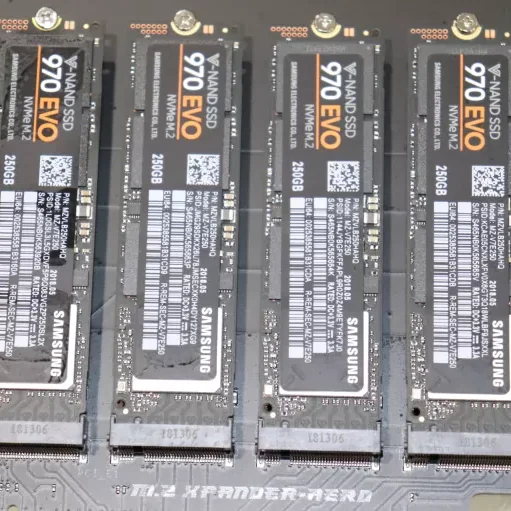Intel Xeon Ice Lake, Gen2 Optane + Linux's IO_uring Yielding Up To 2.58M IOPS Per Core

Jens Axboe of Facebook who serves as the Linux kernel's block subsystem maintainer for all the storage code and also the mastermind behind IO_uring shared some latest figures for IO_uring. In these latest IO_uring reference figures he is using the yet-to-be-released Intel IceLake-SP Xeon platform as well as the Intel Gen2 "Alder Stream" solid-state drives with the four-layer 3D XPoint technology and PCI Express 4.0. Both Ice Lake Xeon and the next-gen Optane SSDs are expected to be released before the end of the calendar year.
Axboe has been using the next-gen hardware for optimizing Linux IO_uring for further efficiency and performance optimizations. Off a single core of the system, he is seeing as high as 2.58 million IOPS per CPU core (and 24.9 usec average latency) with a 128 queue depth down to 290K IOPS with a 3.4 usec average latency for a queue depth of one. That testing is on the current Linux 5.9 mainline kernel state.
Axboe commented in the mailing list post, "Outside of showing what's possible with io_uring today, these results are also a testament to the general Linux IO stack efficiency. The introduction of blk-mq was as much about general efficiency as it was about scalability. That was a design criteria for both blk-mq and io_uring from day 1. Even if you aren't driving millions of IOPS, or using tons of threads/cores, you still care about getting your work done in the shortest amount of time, using the fewest amount of wasted cycles."
For those interested he also shared some additional figures via Twitter. Damn fine performance on next-gen hardware while even for existing hardware with "simple" PCIe 3.0/4.0 NVMe solid-state drives at the consumer level, IO_uring continues to offer incredible performance and efficiency gains... Can't wait to see more open-source software making use of it.
3 Comments

